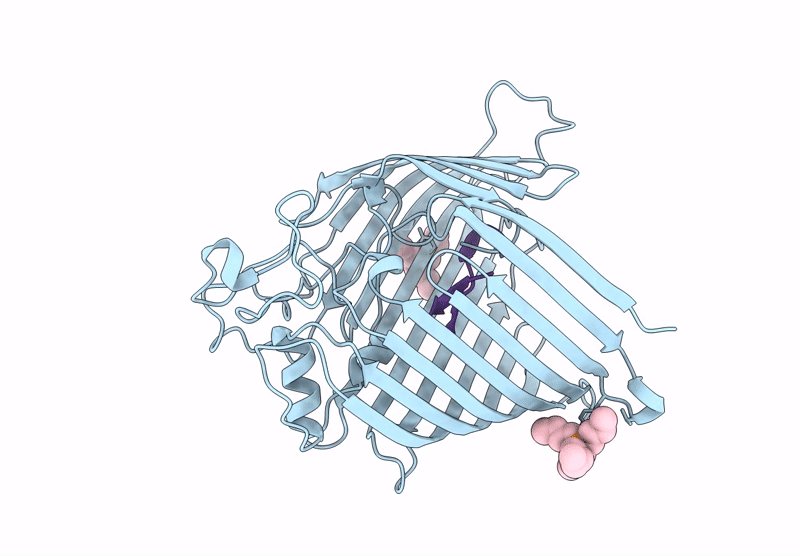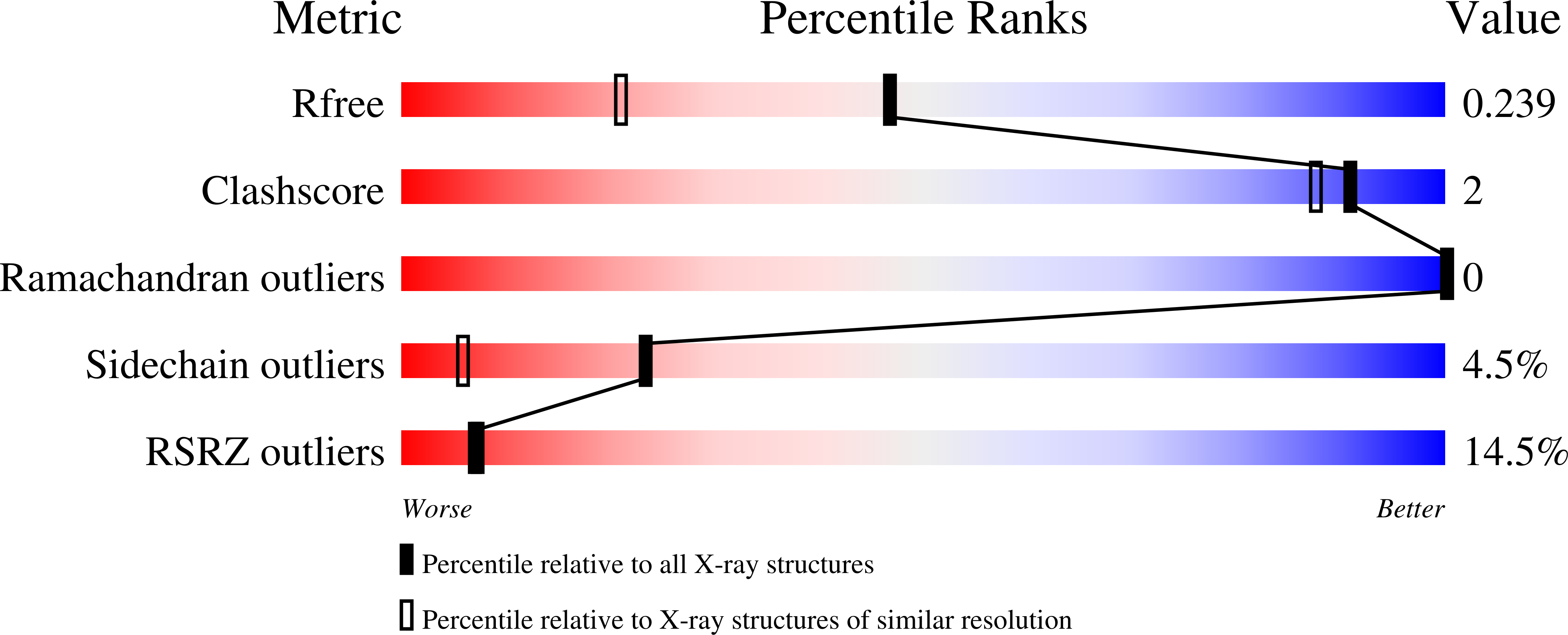
Deposition Date
2024-07-23
Release Date
2025-04-16
Last Version Date
2025-04-23
Entry Detail
Biological Source:
Source Organism:
Escherichia coli O139:H28 (strain E24377A / ETEC) (Taxon ID: 331111)
synthetic construct (Taxon ID: 32630)
synthetic construct (Taxon ID: 32630)
Host Organism:
Method Details:
Experimental Method:
Resolution:
1.78 Å
R-Value Free:
0.24
R-Value Work:
0.21
R-Value Observed:
0.21
Space Group:
P 2 2 21


